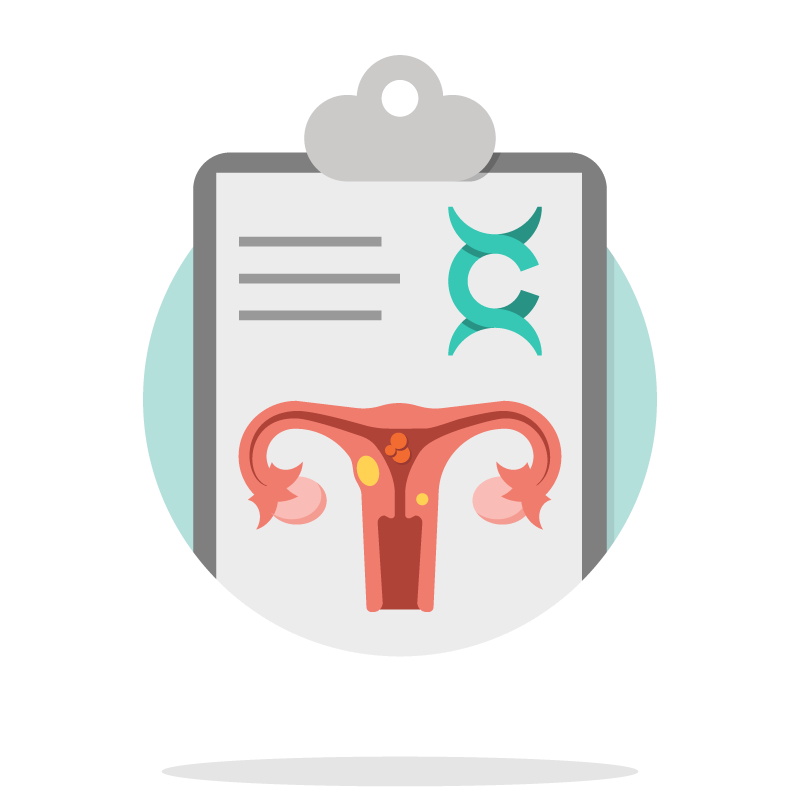QUICK SUMMARY
Why it's important: Regular screening can help catch cervical cancer, or precancerous spots or lesions early.
Who needs it: Women 21 to 65 need regular screenings.
Good to know: Women 30 to 65 may be able to wait five years if they have a Pap plus HPV test or an HPV test alone.
What is cervical cancer screening?
There are simple tests that can look for precancerous spots or lesions, cancer itself, or presence of the HPV virus, which is associated with cancer. The most common one is the Pap test (also called a Pap smear), which uses a sample of cells from the cervix. Pap tests can also find cancer or suspicious cells before they have a chance to turn into cancer. For some women, an added test for human papillomavirus (HPV) can be helpful in addition to the Pap test.
Why is it important?
The American Cancer Society (ACS) predicts that more than 13,000 women in the US will have cervical cancer in 2019, and more than 4,000 will die of the disease. Early detection is important because cervical cancer can often be treated with more success if it's caught at an early stage, and precancerous lesions can be treated before they have a chance to turn into cancer. The American Cancer Society credits the increased use of Pap tests with the large drop in deaths from cervical cancer.
Who needs it?
The latest guidelines recommend a first Pap test at age 21. Between ages 21 and 65, women at average risk of cervical cancer should have a Pap every three years. (That's right, if you are at average risk you no longer need an annual Pap.) Women over 65 who have had adequate screenings generally don't need regular testing unless they're at high risk of cervical cancer.
When a woman reaches 30, she can choose to wait five years between Pap tests if she also gets an HPV test with her Pap or an HPV test alone. (Some strains of human papillomavirus or HPV cause almost all cases of cervical cancer.) Also, because HPV infection is often short-lived in teens and young adults, HPV tests aren’t generally recommended for women under 30.
As with any other test or treatment, you should discuss your individual situation with your doctor and decide how often to have a Pap test.
What to expect
A Pap test takes just a few minutes and is usually done as part of your routine wellness or pelvic exam. You’ll lie down on the exam table and put your feet in supports called stirrups. Your doctor will use an instrument called a speculum to gently open your vagina and look at your cervix. He or she will then collect a few cells with a piece of cotton, brush, or small wooden stick to gently scrape cells from the cervix and vagina.
Good to know
If you ever have an unclear or abnormal Pap test, it means that some of your cells didn't look quite normal. Depending on your results, your doctor may decide to take a closer look with additional tests.
Selected references
Centers for Disease Control and Prevention (CDC). Human Papillomavirus (HPV). Last reviewed January 2017.
US Preventive Services Task Force (USPSTF). Cervical Cancer: Screening. Last updated December 2016.
American Cancer Society (ACS). Key Statistics About Cervical Cancer. Last reviewed November 2016.





